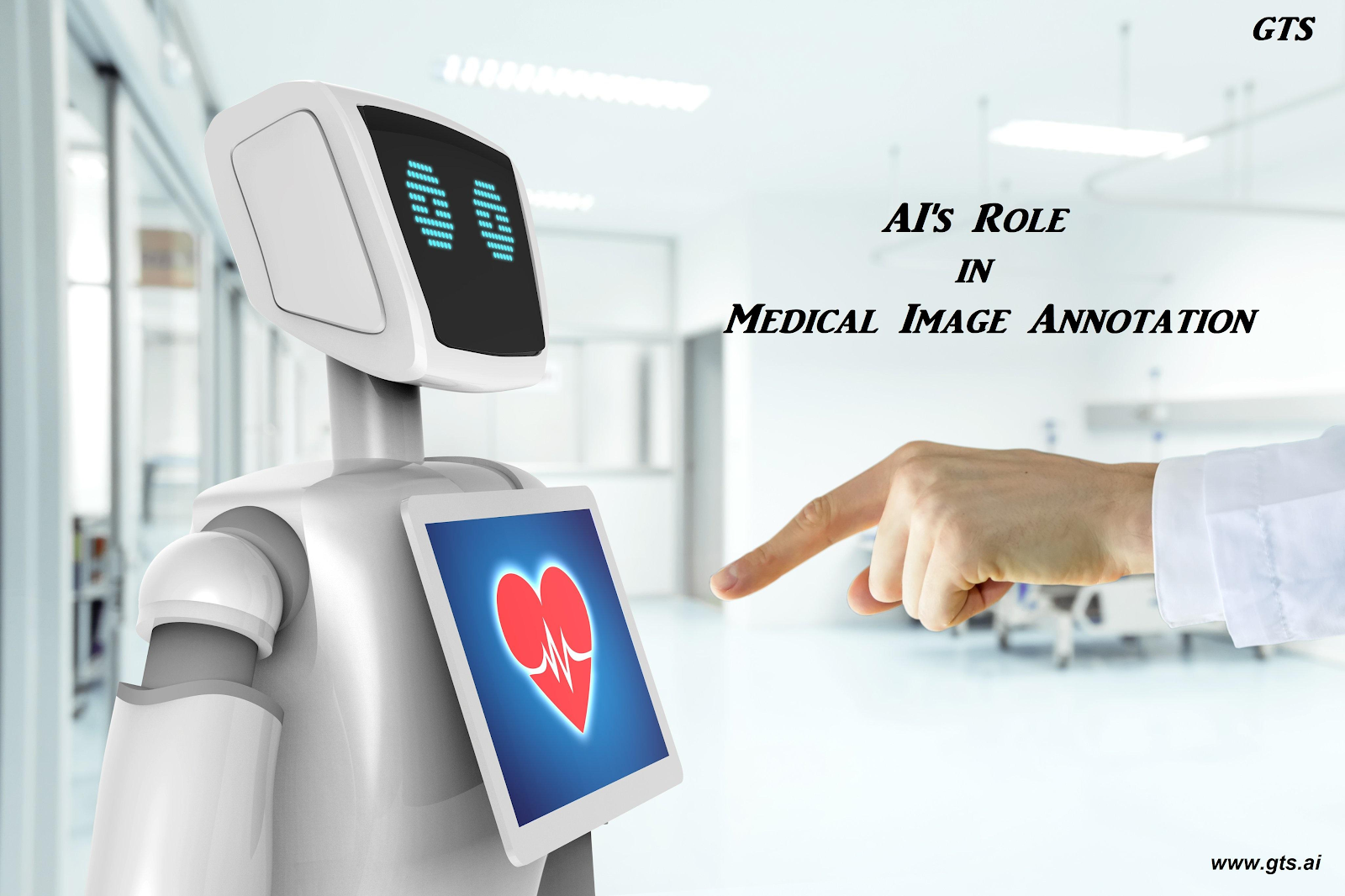How Artificial Intelligence in Security and Surveillance Affects Quality of Life in Smart Cities
Artificial intelligence-enabled security cameras are on the front lines of data collecting in traffic, policing, and health and safety as more cities employ monitoring and sensing technology. However, there are no commonly accepted standards for exploiting the data created by these technologies, which raises concerns about government monitoring, particularly as AI and analytics applied to video datasets become more prevalent. Camera upgrades, artificial intelligence, and machine language processing have the potential to boost public safety and transportation benefits. They do, however, complicate intellectual property, privacy, and civic accountability, among other things.
According to a published estimate, there will be at least 26 suitable global intelligent cities by 2025, with nine of them located in the United States. Because of improvements in artificial intelligence and machine learning, every infrastructure will need to adapt to a more intellectual environment as our cities become more digitally aware. In a new wave of AI applications, the volume and capabilities of video are being merged with deep learning-powered video analytics. These artificial intelligence-enabled technologies improve operational efficiency and safety in a range of situations, including highways, toll booths, and parking lots.
Artificial Intelligence in Video Surveillance
Video surveillance has evolved as a critical part of enhancing public safety and efficiency as we know and love the move to being smart, from satellite street and traffic cameras that raise operational efficiency to stoplight cameras that preserve civilian safety. Video data is used in smart cities to improve people's quality of life, municipal operations, and, of course, environmental security. Cities require a straightforward technique for evaluating the efficacy of public infrastructure, transit services, and the urban environment. While the value of AI security cameras is evident, many communities are unable to reap the benefits of their investment due to a lack of resources to leverage the large volumes of video data collected.
The ability to rapidly review large amounts of video, gain a complete understanding of the scene, analyse both moving items and background, classify objects, investigate interrelationships between objects, classify object behaviour, and generate statistical data gives Smart Cities a significant competitive advantage. AI security cameras, which are commonly used by police and transportation agencies in cities, may be included in the "smart" technology suite if the cities use video analytics software to derive operational intelligence from the footage. Although the video contains a wealth of useful information, much of it is never reviewed. Even if it is, human analysts are rarely able to comprehend or interpret all of the data included inside it. This problem is addressed by video analytics technology, which analyses video data and recognises, categorises, and indexes entities in video footage such as autos, trucks, buses, motorcycles, bicycles, women, men, children, and animals. Deep Learning and Artificial Intelligence-powered software make video searchable, actionable, and quantifiable.
How Does It Work?
In surveillance video analytics, machine learning and deep learning algorithms are used to distinguish different types of objects, categorise them, and determine their properties. When we hear something new and different, we try to comprehend it by comparing it to similar information. This method of comparison is employed by Machine Learning and Deep Learning algorithms. To determine a known item, machines and deep neural networks are trained differently. Machine Learning entails more than just a programmer's human input to determine the parameters required to get the desired output. Deep Learning can discover object properties without the assistance of programmers, and it may be capable of detecting features that programmers miss.
Security and surveillance training datasets
Machine Learning (ML) is becoming an increasingly important element of our daily lives. AI is prevalent in every industry in which we work. Machine learning allows computers to learn without being explicitly programmed. To put it another way, machine learning teaches machines to learn the same way humans do: via experience. We provide AI training datasets for security and surveillance applications. Global Technology Solutions offers a wide range of training datasets, such as the Video dataset and healthcare datasets, for AI models.
Conclusion
Most cities already have surveillance camera systems in place; Smart Cities are now implementing AI-enabled security cameras to maximise their current investment in CCTV networks and foster intelligent decision-making. It's a logical and cost-effective option because diverse businesses can derive benefits from video datasets, which they can use to improve efficiency, streamline operations, and promote public health and safety.




Comments
Post a Comment